The future of B2B sales is far more nuanced. In 2025, winning deals hinges on your ability to leverage hyper-specific, real-time data to create uniquely relevant experiences for every single buyer. This isn’t just personalization—it’s micro-personalization, and it’s completely rewriting the rules of B2B engagement. Ready to learn how the top performers are leveraging this strategy to dominate their markets?
Table of Contents
- The End of One-Size-Fits-All B2B Sales
- What Exactly is Micro-Personalization in B2B Sales?
- Why B2B Sales are Shifting Towards Micro-Personalization
- How Micro-Personalization is Transforming B2B Sales Strategies
- Tools and Techniques for Implementing Micro-Personalization
- Challenges and How to Overcome Them
- Conclusion: The Future is Personalized
The End of One-Size-Fits-All B2B Sales
The B2B buying committee is more informed, more discerning, and more overwhelmed than ever. Generic sales pitches don’t just get ignored; they damage your credibility. In this high-stakes environment, micro-personalization has emerged as the critical differentiator. It’s the practice of using data and insights to tailor every interaction—from marketing content to sales conversations—to the specific needs, behaviors, and context of an individual prospect at a precise moment in time. This isn’t a nice-to-have; it’s the core of modern, effective B2B sales strategies. Let’s dive into how it works and why it’s essential for your 2025 playbook.
What Exactly is Micro-Personalization in B2B Sales?
At its core, micro-personalization is the surgical application of personalization. While traditional personalization might mean inserting a company name into an email, micro-personalization means referencing a specific challenge mentioned in a blog comment the prospect left two days ago, or tailoring a case study’s ROI metrics to align with their department’s published quarterly goals.
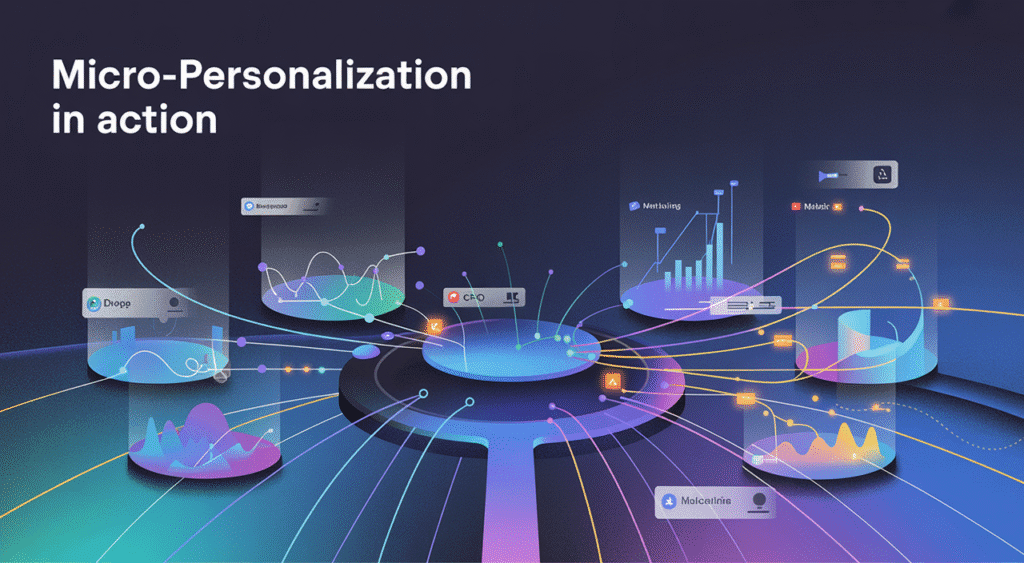
The key difference is granularity and intent. It moves beyond firmographics (industry, company size) to focus on:
- Individual Role Pain Points: The challenges a Senior DevOps Engineer cares about are vastly different from those of a CFO.
- Behavioral Triggers: Did they just download a whitepaper on “cloud cost optimization”? Their next touchpoint should reflect that.
- Intent Data: What are they searching for on your site and across the web? What content are they consuming?
- Real-Time Context: Engaging a prospect based on their company’s latest earnings call or a relevant news announcement.
Real-World Example: Instead of sending a generic “request a demo” email to a marketing director, a micro-personalized approach involves sending a short video demo that highlights a specific feature that solves a problem they tweeted about, with a subject line like: “Saw your tweet on lead scoring headaches – our solution automates this.”
Why B2B Sales are Shifting Towards Micro-Personalization
The shift isn’t happening in a vacuum. It’s a direct response to fundamental changes in the B2B landscape.
- The Empowered (and Expectant) Buyer: B2B buyers are consumers in their personal lives. They experience hyper-relevant recommendations from Netflix and Amazon daily. They now expect that same level of relevance and ease in their professional buying journeys. A generic experience signals that you haven’t done your homework.
- The Data and AI Revolution: We now have the tools to make micro-personalization feasible at scale. Advanced CRM platforms, AI-powered analytics, and intent data providers can process vast amounts of information to give sales teams actionable insights about each prospect, moving beyond guesswork to precision.
- The Complexity of B2B Decision-Making: With buying committees often comprising 6-10 stakeholders, a one-message-fits-all approach fails. Effective personalized B2B marketing means crafting different value propositions for each stakeholder, addressing their unique priorities and concerns directly.
In short, buyers demand it, technology enables it, and competitive pressure requires it. Ignoring this shift is a direct path to irrelevance.
How Micro-Personalization is Transforming B2B Sales Strategies
The impact of this approach reverberates across the entire revenue engine, fundamentally altering key metrics and processes.
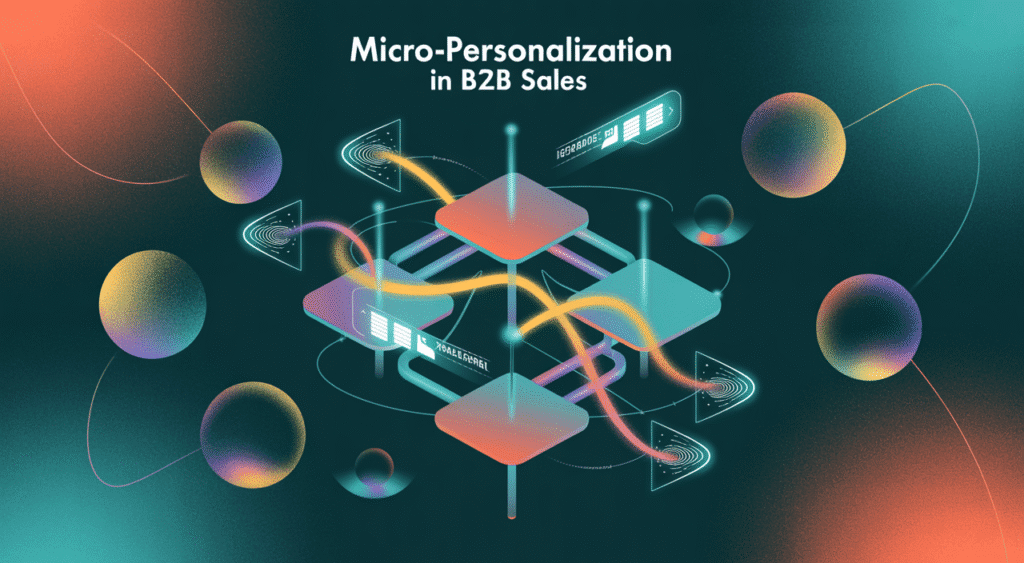
- Lead Generation: Move beyond quantity to quality. By using intent data to identify in-market accounts and personalizing outreach based on their specific content consumption, you attract hotter leads that are already primed to listen.
- Conversion Rates: Personalized video messages, tailored proposals, and case studies that mirror a prospect’s exact tech stack and industry see dramatically higher engagement and close rates. You’re not selling a product; you’re presenting a pre-built solution.
- Customer Retention and Expansion: Micro-personalization doesn’t stop at the sale. Using usage data to identify customers who might be struggling or who are primed for an upgrade allows for proactive, value-driven outreach that strengthens relationships and drives account growth.
Actionable Insights to Implement Now:
- Track Content Engagement: Use your marketing automation platform to see which leads are engaging with which content and trigger alerts for your sales team.
- Leverage Intent Data: Subscribe to a platform like Bombora or G2 Intent to see which accounts are actively researching topics related to your solution.
- Personalize at Scale with Video: Use tools like Vidyard or Loom to create quick, personalized video messages. A 60-second video explaining how your product solves their problem is infinitely more powerful than a paragraph of text.
A 2025 Prediction: We will see the rise of AI “conversation coaches” that analyze a prospect’s LinkedIn profile and recent public comments in real-time to provide sales reps with hyper-personalized talking points right before a call.
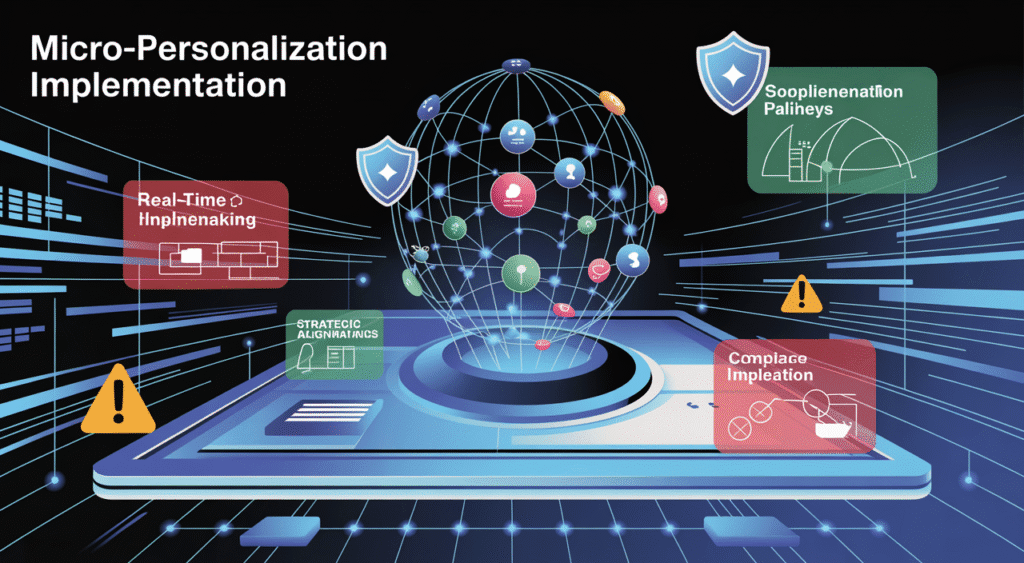
Tools and Techniques for Implementing Micro-Personalization
You don’t need a magic wand, but you do need the right tech stack.
- CRM (The Foundation): Salesforce or HubSpot are essential for storing and organizing all your customer data. This is your single source of truth.
- Marketing Automation & AI: Platforms like Marketo, Pardot, and especially AI-native tools like Drift and 6sense are crucial. They analyze behavior, score leads, and automate personalized email sequences at scale.
- Intent Data Providers: As mentioned, Bombora, G2 Intent, and Gartner Digital Markets provide invaluable data on which companies are actively researching solutions.
- Sales Intelligence Tools: LinkedIn Sales Navigator is a goldmine for understanding a prospect’s role, background, and recent activity.
Technique: The “360-Degree View” Audit. Before any outreach, your sales team should spend 10 minutes researching a prospect. Check their LinkedIn, their company’s news page, and their Twitter profile. This small investment builds the foundation for a genuinely personalized conversation that demonstrates respect and expertise.
Challenges and How to Overcome Them
Implementing such a targeted strategy isn’t without its hurdles.
- Data Privacy & Compliance: With regulations like GDPR and CCPA, you must be transparent about data collection and use. Solution: Always prioritize first-party data (data you collect directly from customer interactions) and ensure your practices are compliant. Be clear and value-forward in your privacy communications.
- Implementation Cost & Complexity: Integrating new tools and training teams takes time and money. Solution: Start small. Don’t try to boil the ocean. Pick one tool or one tactic (e.g., personalized video) and master it before expanding.
- Strategy Alignment: Micro-personalization fails if marketing and sales are not perfectly aligned on goals, processes, and lead definitions. Solution: Implement a strict Service Level Agreement (SLA) between departments and hold regular sync meetings to ensure everyone is working from the same playbook.
Conclusion: The Future is Personalized
The future of B2B sales is not about shouting your message louder. It’s about speaking more clearly and directly to each individual buyer. Micro-personalization is the key to cutting through the noise, building genuine trust, and consistently winning high-value deals. It transforms your sales process from a transaction into a valued consultation.
Ready to boost your B2B sales with micro-personalization? Connect with our experts today and let’s craft a strategy that works for your buyers.

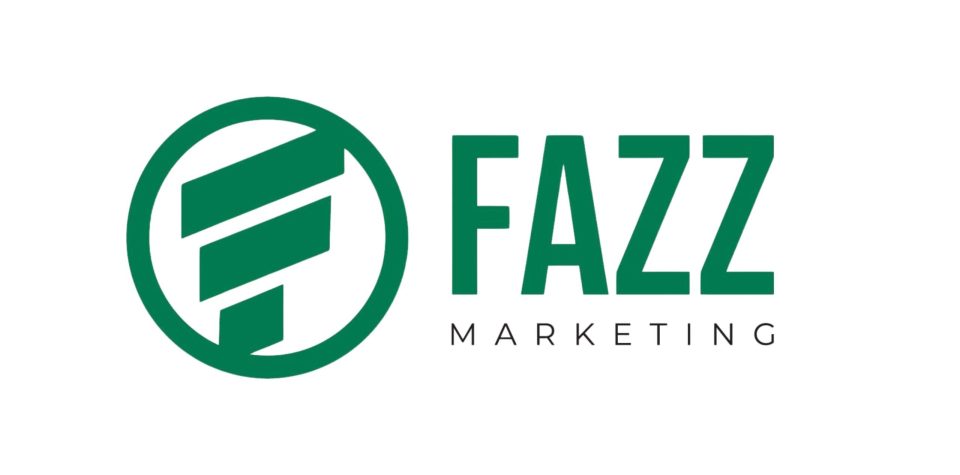
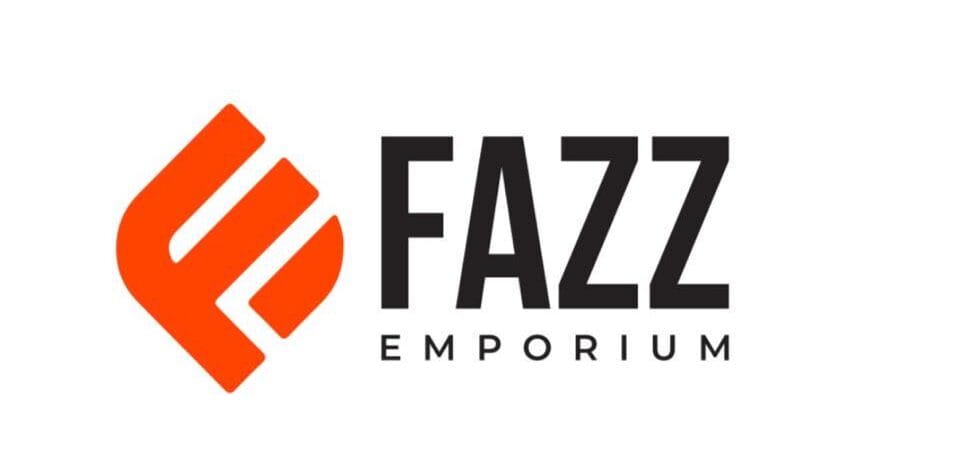
Pingback: What is Cold Email Warm-up and Why It Matters: The Ultimate Guide – Fazz Marketing